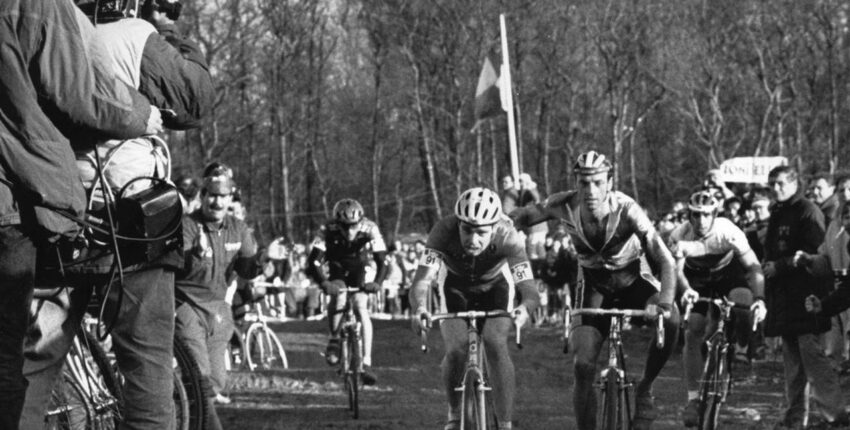Retracing Le Ride
As cyclists, and fans of cycling, we enjoy a privilege that not many other sports do; we can ply our trade on the very same arenas that our heroes do, and have done for centuries. We can ride over the cobbles and kassien of Belgium, we can climb the cols of the French Alps, we can rail the singletrack where World Cups were decided. Yet we can’t go an have a kick around at Old Trafford or roll the arm over at Lords. Cycling is a peoples’ sport, and we often are remiss of that fact.
Taking it to another level though is something few of us are willing or indeed capable of doing, due to the logistics of time, distance, and the sheer scale of such endeavours. I’ve ridden Paris-Roubaix and the Ronde courses many times, but never the full distances. To do so would be biting off way more than I––and most non-Pro riders, no matter how fit––can chew. So to see someone taking on a challenge such as the one documented in Le Ride is nothing short of astounding.
If you’ve read the Kennetts’ excellent book on Harry Watson, the first New Zealander to ride the Tour de France, you will have some idea of how incredibly tough it was to achieve back then in the 1920s. Just to get to France was a months long ordeal, let alone riding hundreds and hundreds of kilometres every day and through the night, with little rest and unsupported. Le Ride is the story of Phil Keoghan, who decided to retrace the route of the 1928 Tour, and make it absolutely authentic by riding similar bikes, wearing period-correct kit and doing it unsupported (bar the film crew and with some of the unavoidable mod cons like paved roads). The result looks to be one of the most compelling documentaries of this year’s New Zealand International Film Festival.
Find out more about the film and screenings here…




